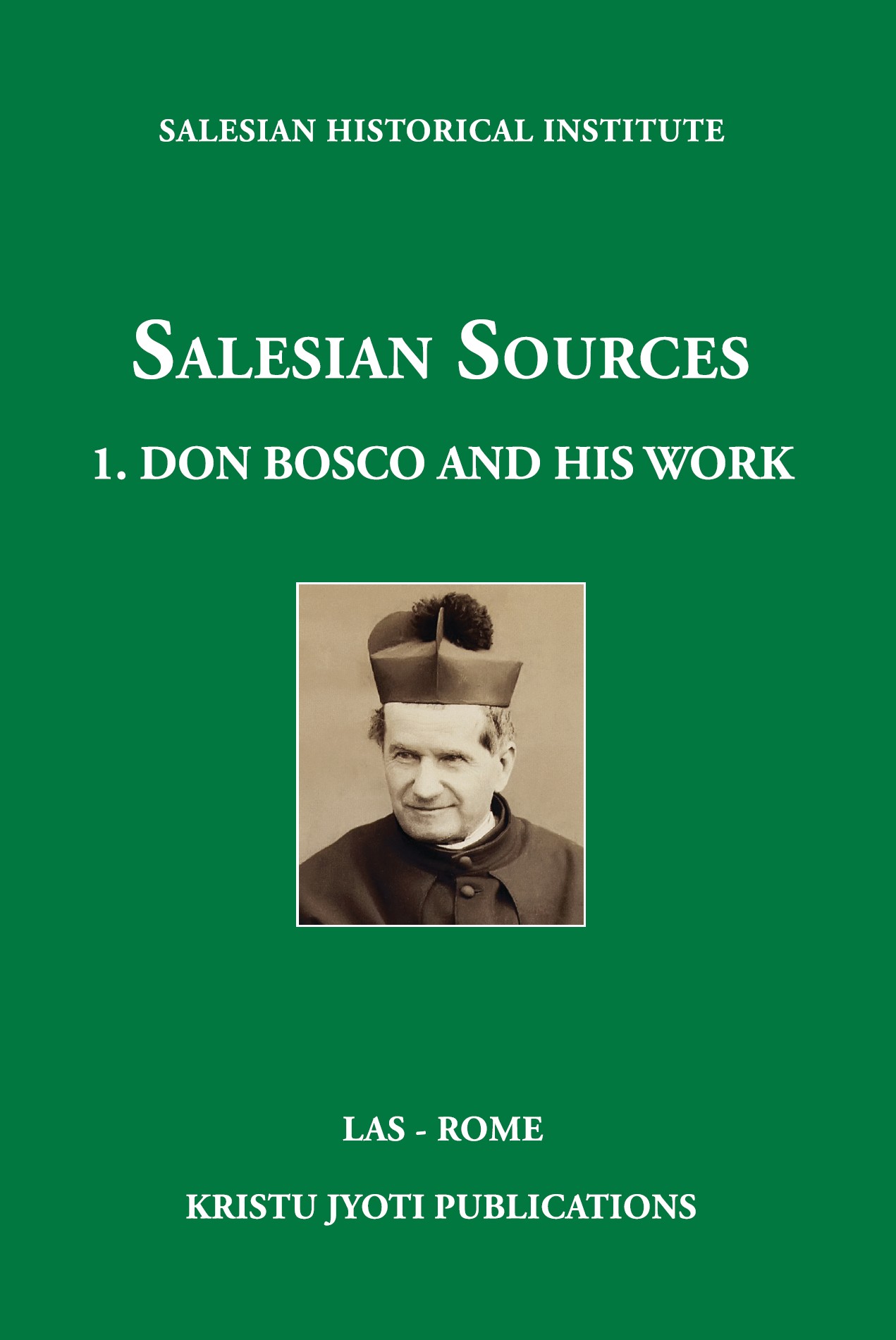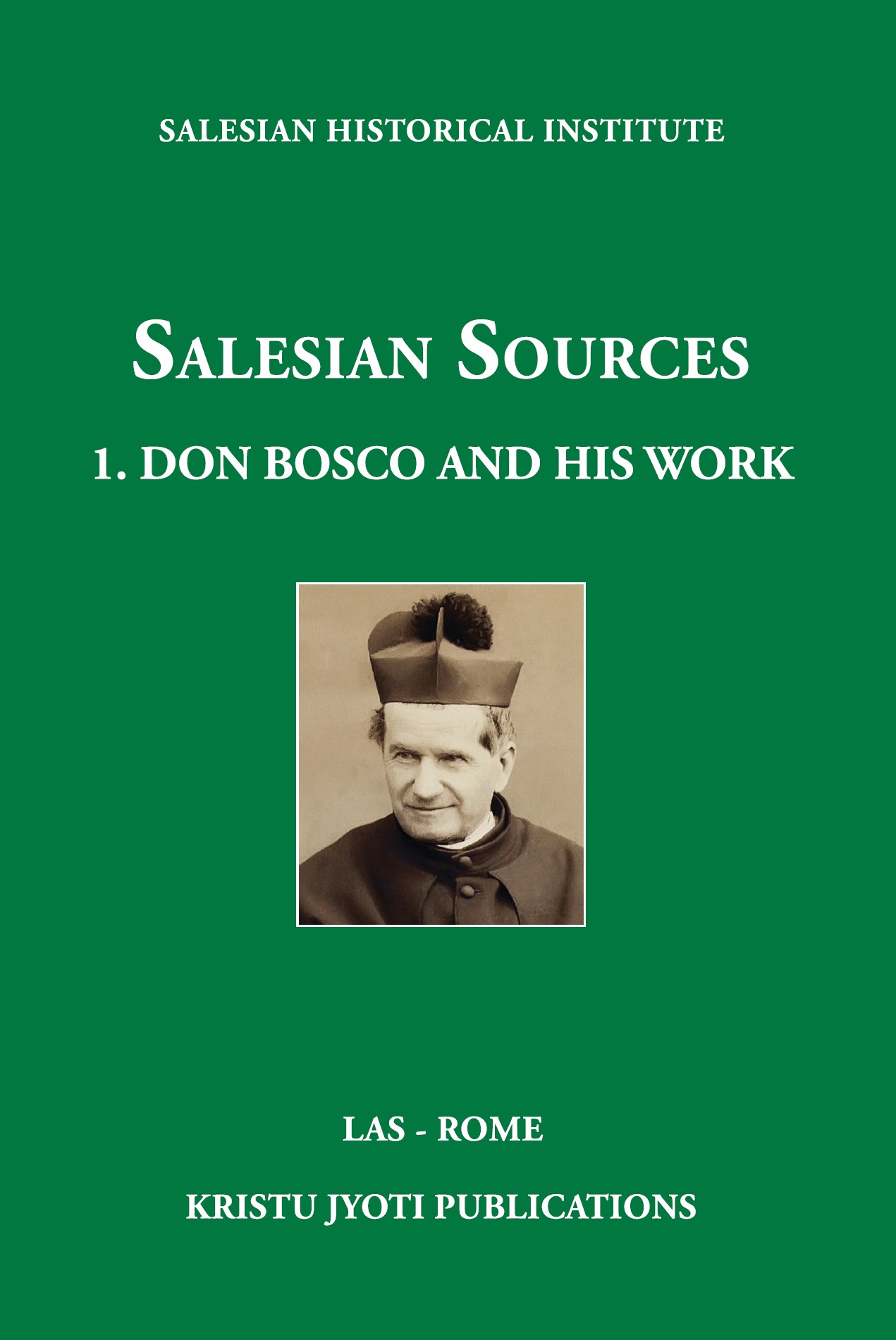The years of foundation and consolidation of the Salesian Society and the Institute of the Daughters of Mary Help of Christians are ones where Don Bosco’s horizons expanded in an impressive manner. The priest of Valdocco, ever more aware of having received a divine mission, feels that he has been transported into a huge field of activity, given a charism that makes him father and founder of a movement of apostles, consecrated men and women who are destined to spread over space and time. His spiritual magisterium deepens, his proposals become more radical, all-embracing.

